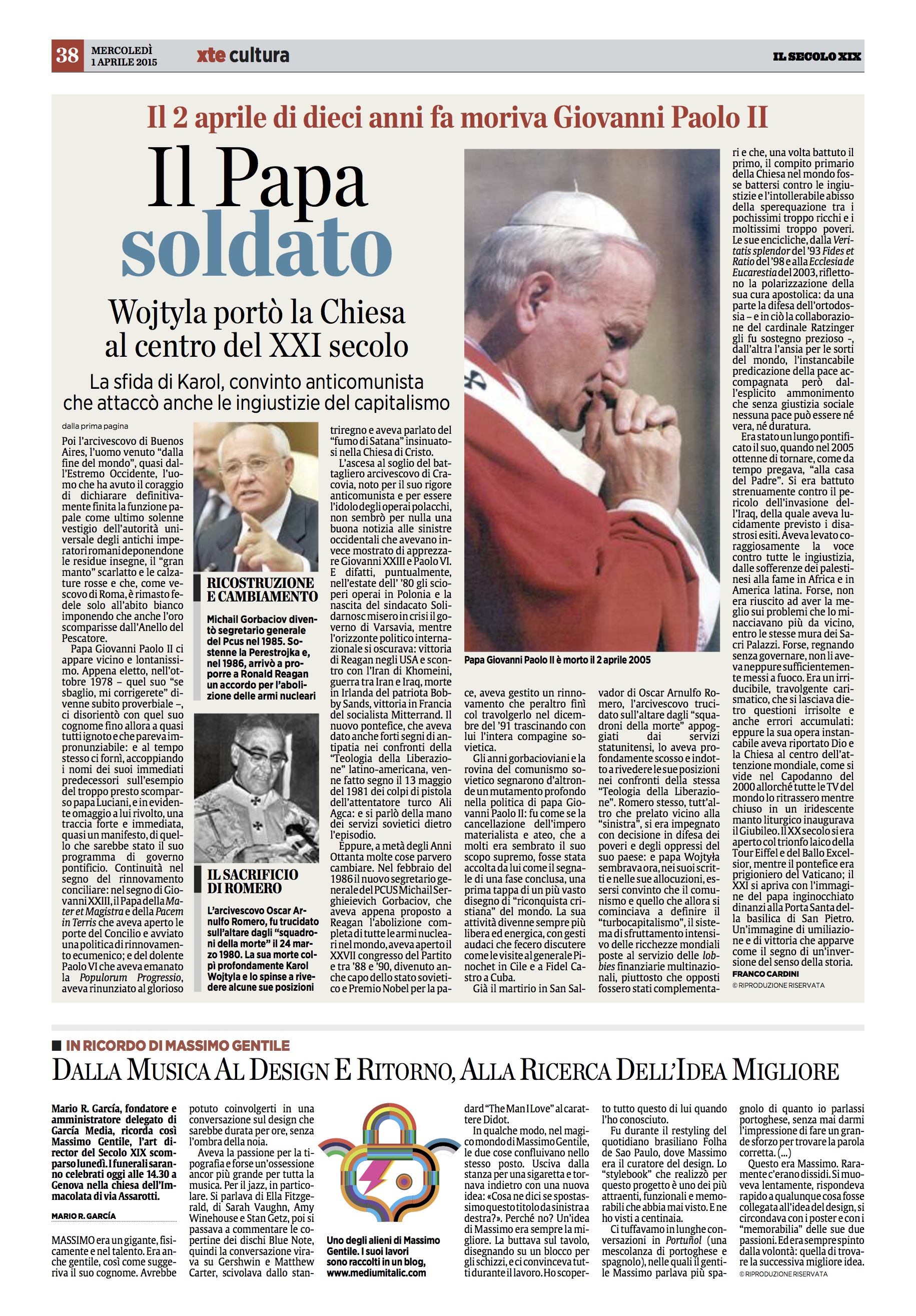
These are three movies inspired by a journalistically produced piece: All the President’s Men, Saturday Night Fever, Fast & Furious
Recently a New York Times article carried the headline News Companies See Movies as Opportunities for Growth. It’s all about how to best utilize long form visual storytelling.
It is not that journalism and movies have not stepped up to the dance floor before. Perhaps not as often as some would like, but there have been examples of newspaper and/or magazine stories that have inspired movies, starting with The Washington Post’s Watergate coverage and the film All The President’s Men.
Other recent examples:
—The horror film A Nightmare on Elm Street is based on a series of newspaper articles from the Los Angeles Times.
—The Fast and the Furious film franchise was based on an article from a 1998 issue of Vibe magazine.
-The popular John Travolta star turn, Saturday Night Fever, was inspired by British rock journalist Nik Cohn’s “Tribal Rites of the New Saturday Night” ,first published in the June 1976 issue of New York Magazine.
Today, however, the synergy between journalism and movies goes beyond mere inspiration, as the Times piece reminds us:
“In the last several years, BuzzFeed Media, Vice Media, CNN, Condé Nast and Newsweek have all built units or alliances aimed in part at creating long-form narrative or documentary films that will be seen in theaters.”
The multimedia storyteller
It is all about telling long stories, the lean back variety.
“While they vary, the operations are all planted in the notion that classic movie formats have immense power to open cultural conversations, and to hold viewers who might otherwise be lost to a competitor with the next bold headline, or two-minute video,” writes the Times' Michael Cieply.
To me, this is another example of the need for a new breed of storytellers/journalists who can work across platforms.
In fact, in my Columbia University class last week, during a discussion of multimedia storytelling, which is the final project for this graduate level course, I asked the students to use the techniques of moviemaking as they planned their stories; break down the story into segments, plan it as scenes, so that the long narrative can accommodate video, audio, text, without any of them repeating what the other does.
It will be interesting to see what those Columbia students come up with for their final projects, due at the end of April.
I will also be watching with interest as more media houses go Hollywood.
All of this looks good for long form storytelling, and it is a reminder that today’s storyteller must be able to see beyond just text.
Tribute to Massimo Gentile
